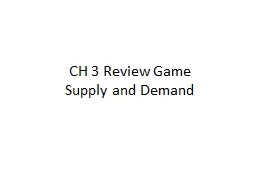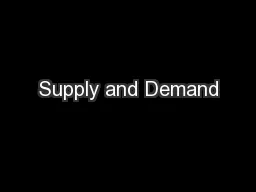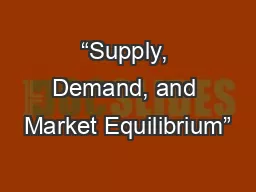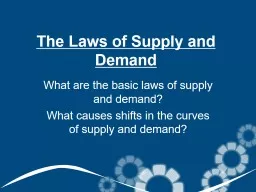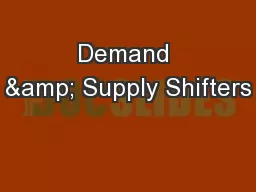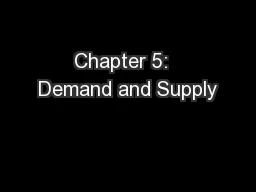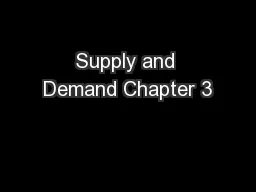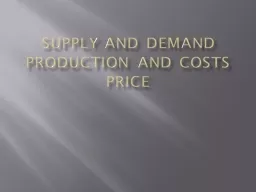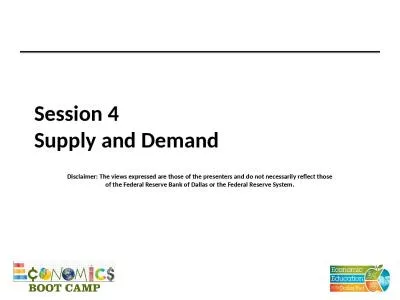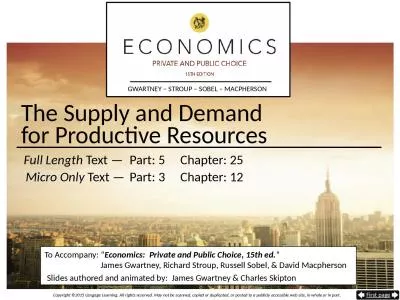PPT-CH 3 Review Game Supply and Demand
Author : celsa-spraggs | Published Date : 2018-11-18
Suppose that baggy jeans were fashionable in the early 1990 become unfashionable in the late 1990s If other factors were held constant then there would be A a rightward
Presentation Embed Code
Download Presentation
Download Presentation The PPT/PDF document "CH 3 Review Game Supply and Demand" is the property of its rightful owner. Permission is granted to download and print the materials on this website for personal, non-commercial use only, and to display it on your personal computer provided you do not modify the materials and that you retain all copyright notices contained in the materials. By downloading content from our website, you accept the terms of this agreement.
CH 3 Review Game Supply and Demand: Transcript
Download Rules Of Document
"CH 3 Review Game Supply and Demand"The content belongs to its owner. You may download and print it for personal use, without modification, and keep all copyright notices. By downloading, you agree to these terms.
Related Documents

